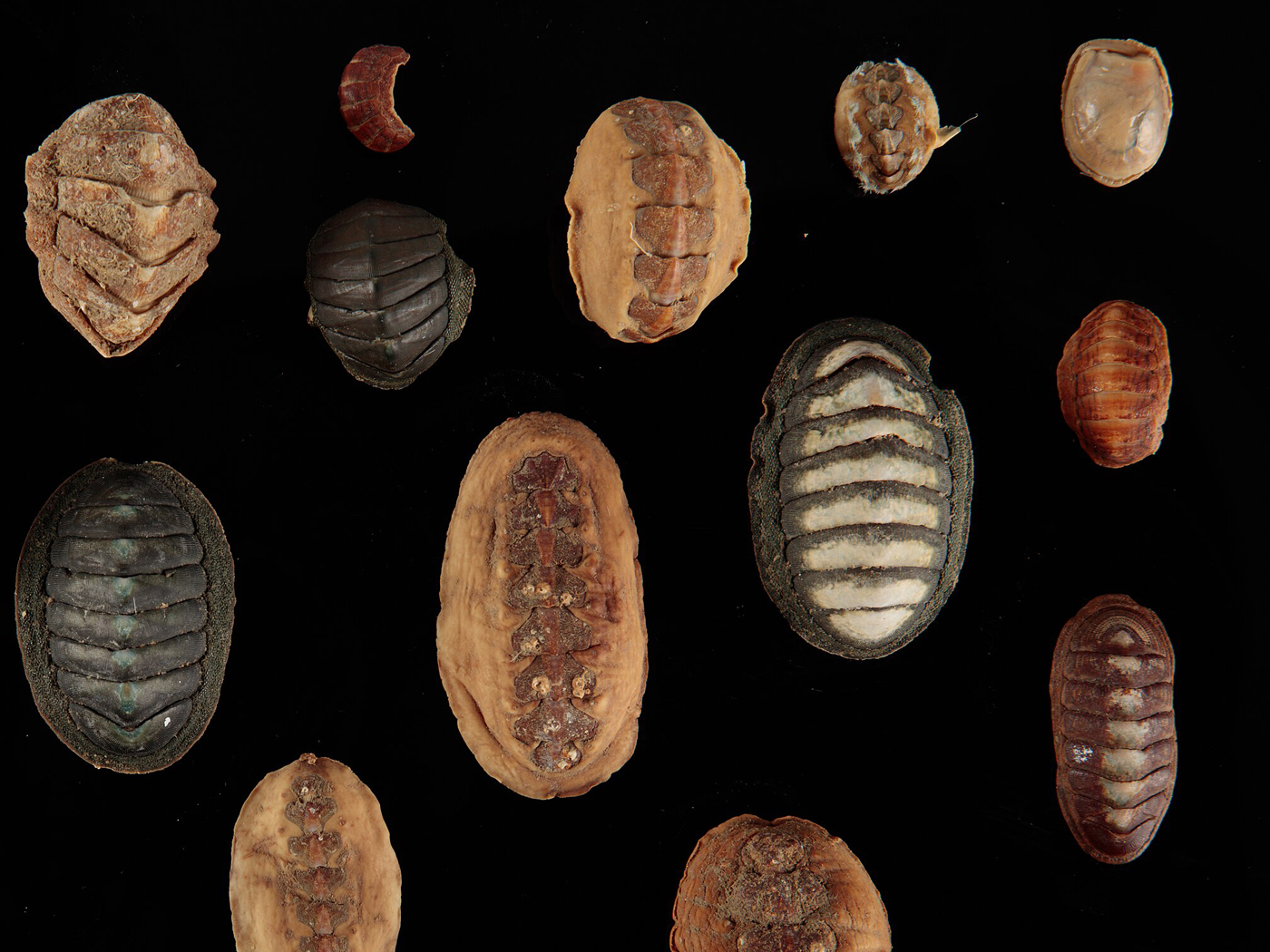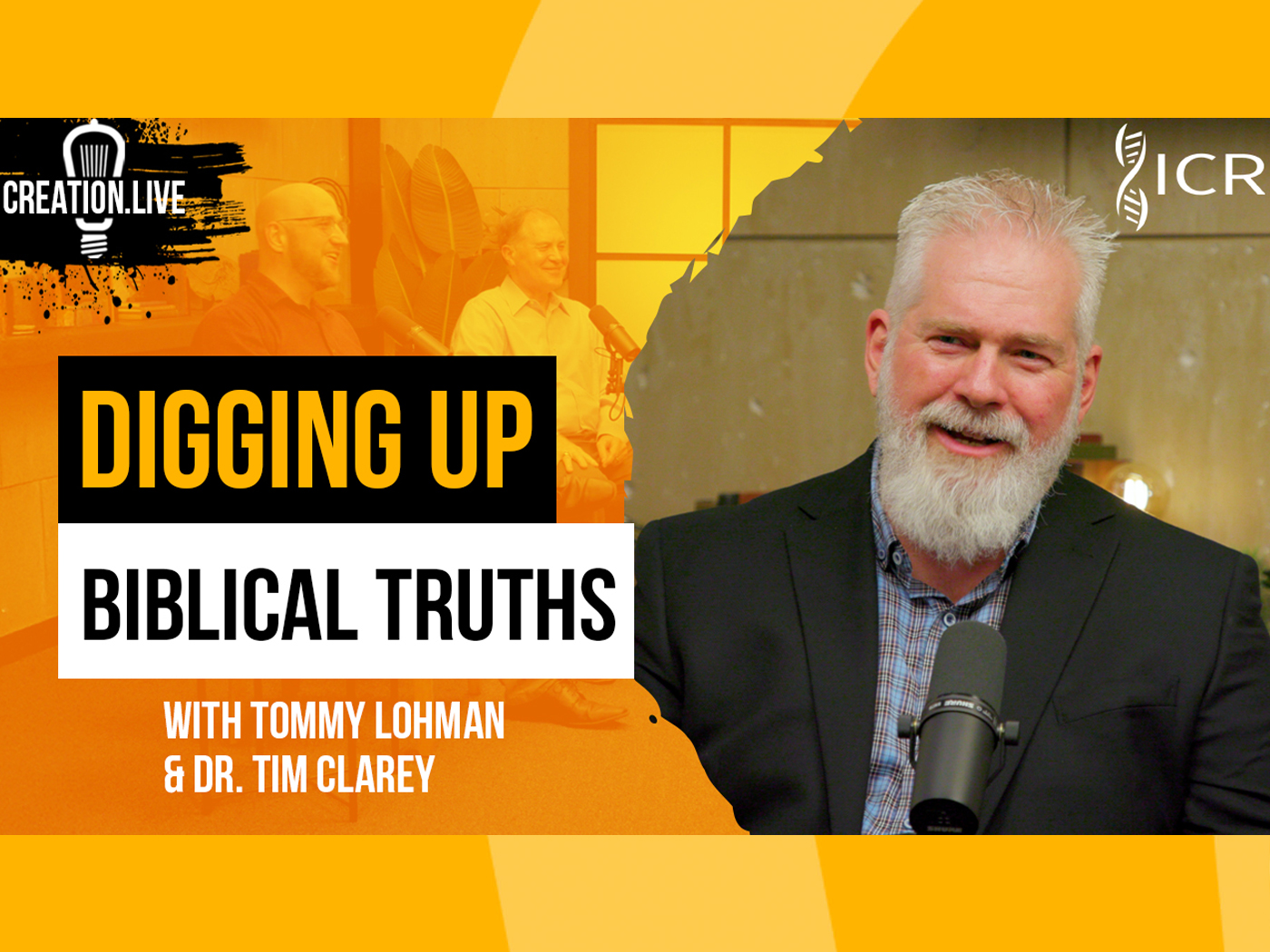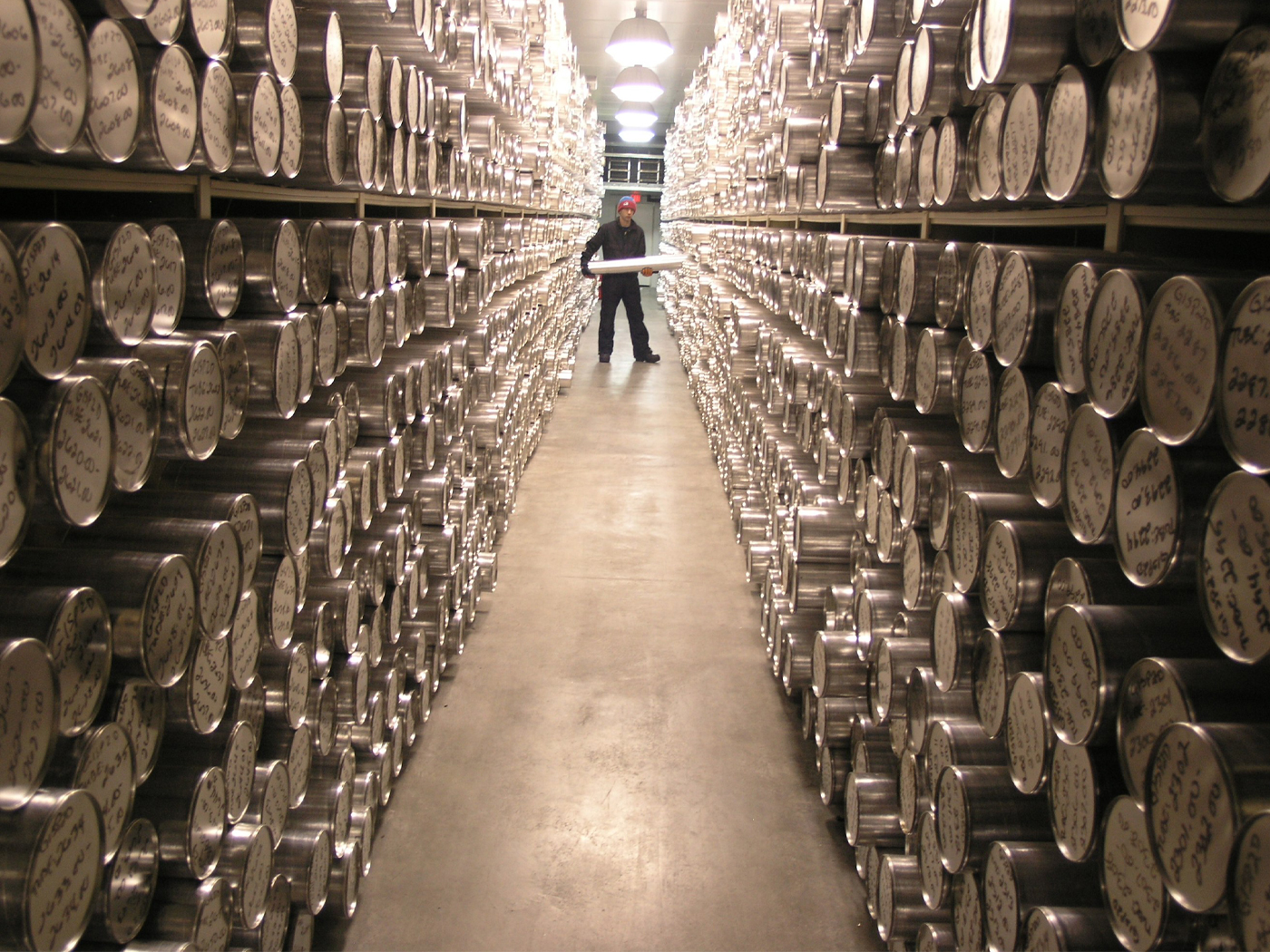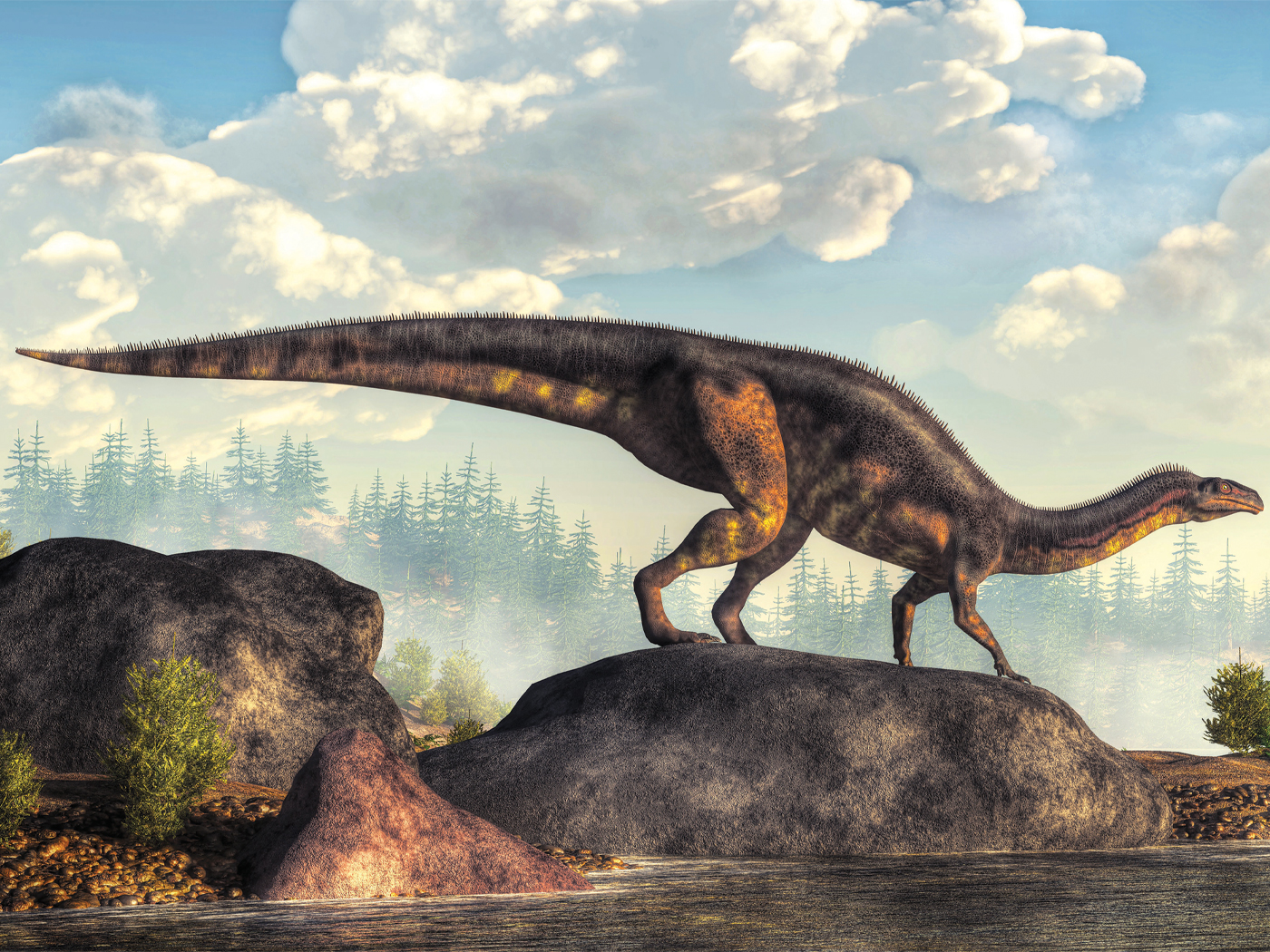Most people are aware of the many unique characteristics of the Earth that make life on it possible. These characteristics include such things as the composition of the planet and the atmosphere, the tilt of the axis, the presence of the Moon, the shape of Earth's orbit, and the distance from the Sun. The Earth's distance from the Sun is obviously critical in that if Earth were significantly closer or farther from the Sun, Earth would be respectively much warmer or colder than it is now.
Consider Venus, the next closest planet to the Sun. While it has a size, mass, and composition rather similar to Earth (prompting some to call it Earth's twin), it has an extreme greenhouse effect that results in a surface temperature that is the highest in the Solar System. Being hot enough to melt lead, it is obvious that life cannot exist on Venus. It is generally believed by evolutionists that Venus's closer position to the Sun caused its early temperatures to be higher than Earth's, so that any water that it may have possessed boiled away long ago. This loss of water would have had a drastic effect upon the temperatures and conditions on Venus in a vicious cycle called the runaway greenhouse effect (which will be described shortly). One could conclude that, except for the "accident" of birth farther from the Sun, that could have been Earth's fate.
On the other hand, Mars, the next planet out from the Sun beyond the Earth, is a very cold place. At least a small amount of water in the form of ice is known to exist there, but the surface suggests to some that there once was flowing water on the surface. What happened to the water is a great mystery however. It could be that most of it slowly evaporated away from the thin Martian atmosphere, or that much of it is now frozen in subsurface permafrost. Another great mystery is how liquid water managed to exist in the past, given Mars' greater distance from the Sun. This distance seems to imply that Mars always should have been a cold world. A scenario in which Mars was warm in the past and then cooled is difficult to construct. There are differences in size, mass, and composition between Earth and Mars, but it appears that Earth would be nearly as cold as Mars if it were situated in Mars' orbit.
The mystery of Mars' past deepens when one considers the supposed evolution of the Sun, exposing internal inconsistencies in standard stellar evolution concepts. This evolution produces a problem for Earth as well. According to stellar evolution theory, the Sun (as have other stars) formed from the contraction of a cloud of gas and dust. Most of the material contracted to the center to form the Sun, while the small amount of the material left behind formed the planets, moons, asteroids, and comets. The contraction would have been driven by the release of gravitational potential energy until the conditions in the center of the Sun permitted the conversion of hydrogen into helium through nuclear fusion. While theoretical and observational questions remain, it can be assumed for purposes of discussion, that this model approximates the truth.
Assuming that thermonuclear fusion is powering the Sun, the Sun could shine for a very long time, because thermonuclear fusion is such an efficient source of energy. Calculation shows that it is capable of supplying the Sun's current luminosity for about ten billion years. It is believed that most stars are powered by the same sort of nuclear reactions in their cores, a situation that is referred to as the main sequence. The main sequence is thought to be a period of stability which represents the greatest portion of a star's long life.
Supposedly the Sun has been a main-sequence star since its formation about 4.6 billion years ago. This time represents about half the assumed ten-billion-year main-sequence lifetime of the Sun, so the Sun should have used about half its energy store. This means that about half the hydrogen in the core of the Sun has been used up and replaced by helium. This change in chemical composition changes the structure of the core. The overall structure of the Sun would have to change as well, so that today, the Sun should be nearly 40% brighter than it was 4.6 billion years ago.
This obviously has consequences for the temperatures of the planets. It is generally believed that even small fluctuations in the Sun's luminosity would have devastating consequences on Earth's climate. A 40% change in solar luminosity should have produced dramatic climatic changes, changes perhaps comparable to the current differences between Venus, Mars, and Earth. According to evolution, about four billion years ago when life supposedly first arose on Earth, the temperature had to have been close to what the temperature is today. But if that were the case, the subsequent increase in the Sun's luminosity would have made Earth far too hot for life today. One could naively suggest that Earth began cooler than it is today and has been slowly warming with time. But this is not an option because geologists note that Earth's rock record insists that Earth's average temperature has not varied much over the past four billion years, and biologists require a nearly constant average temperature for the development and evolution of life. This problem is called the early faint Sun paradox.
How is this paradox resolved? It is usually argued that the early atmospheres of Venus, Earth, and Mars were quite different from the ones that they possess today. The early atmospheres, sometimes called the primary atmospheres, were reducing ones in which hydrogen was quite abundant. Much of the oxygen present would have been in the form of water. With time these atmospheres followed different evolutionary paths to become the current secondary atmospheres. The prime characteristic of the secondary atmospheres is that they are oxidized, that is, most of the hydrogen has escaped, which has forced the oxygen to recombine to form other compounds.
A number of processes would have to have been involved in this evolution. For instance, much of the available oxygen will readily combine with carbon to form CO2. On Earth, most of this CO2 is found in carbonate rocks in the crust, while on Venus it is in the atmosphere, producing the extreme greenhouse effect mentioned earlier. Why the difference? Evolutionists respond that a runaway greenhouse effect has occurred on Venus. On Earth, CO2 easily dissolves in water and then precipitates out to form carbonate rocks. Earth's geologically active surface is believed to use plate tectonics to recycle the CO2 back into the atmosphere. Being closer to the Sun, Venus had far less—if any—liquid water than Earth. Less liquid water meant removal of CO2 from the atmosphere, which led to a greater greenhouse effect, higher temperature, and hence less liquid water. This vicious cycle is thought to have led to the conditions on Venus today. In the case of Mars, any water might have quickly frozen so that there would not have been efficient removal of CO2, and the lack of plate tectonics may have kept much of the CO2 in carbonate rocks. While the thin atmosphere of Mars is dominated by CO2, the weaker gravity has allowed most of the atmosphere to escape so that there is no appreciable greenhouse effect on that planet.
In the case of Earth, most of the CO2 has been locked up in surface rocks, but the supposed evolution of life is believed to have had a strong impact on the evolution of the atmosphere as well. Early life forms are supposed to have introduced free oxygen into the air and regulated the amount of other gases, such as nitrogen. As new forms of life evolved, the mix of gases in Earth's atmosphere gradually changed. Evolution proposes that the early atmosphere contained a greater amount of greenhouse gases (such as methane) than today. This would have produced average temperatures close to those today, even with a much fainter Sun. As the Sun gradually increased in luminosity, Earth's atmosphere is supposed to have evolved along with it, so that the amount of greenhouse gases have slowly decreased to compensate for the increasing solar luminosity.
The precise tuning of this alleged co-evolution is nothing short of miraculous. The mechanism driving this would have to be a complex system of negative feedbacks working very gradually, though it is not at all clear how such feedbacks could occur. At any point, a slight positive feedback would have completely disrupted the system, with catastrophic consequences similar to those of Venus or Mars. For instance, the current makeup of Earth's atmosphere is in a non-equilibrium state that is maintained by the widespread diversity of life. There is no evolutionary imperative that this be the case: it is just the way it is. Thus the incredibly unlikely origin and evolution of life had to be accompanied by the evolution of Earth's atmosphere in concert with the Sun. One could call this the Goldilocks syndrome,1 an obvious comparison to the children's tale of the three bears.
The implausibility of such a process has caused Lovelock to propose his Gaia hypothesis.2,3 According to this, the biosphere (consisting of Earth's oceans, atmosphere, crust, and all living things) constitutes a sort of super organism that has evolved. Life has developed in such a way that the atmosphere has been altered to protect it in the face of increasing solar luminosity. Lovelock's hypothesis has not been generally accepted, largely because of the spiritual implications. Indeed, it does seem to lead to a mystical sort of view.
The physical principles that cause the early faint Sun paradox are well established, so astrophysicists are confident that the effect is real. Consequently, evolutionists have a choice of two explanations as to how Earth has maintained nearly constant temperature in spite of a steadily increasing influx of energy. In the first alternative, one can believe that through undirected change, the atmosphere has evolved to counteract heating. At best this means that the atmosphere has evolved through a series of states of unstable equilibrium or even non-equilibrium. Individual living organisms do something akin to this, driven by complex instructions encoded into DNA. Death is a process in which the complex chemical reactions of life ceases and cells rapidly approach chemical equilibrium. Short of some guiding intelligence or design, a similar process for the atmosphere seems incredibly improbable. Any sort of symbioses or true feedback with the Sun is entirely out of the question. On the other hand, one can believe that some sort of life force has directed the atmosphere's evolution through this ordeal. Most find the teleological or spiritual implications of this unpalatable, though there is a trend in this direction in physics.4,5
Of course, there is a third possibility. Perhaps the Earth/Sun system is not billions of years old and so there has not been a 40% increase in solar luminosity. If Earth were recently created and designed to have the kind of atmosphere that it has now and the Sun has not changed appreciably in luminosity, then the young faint Sun paradox has been resolved. While the early faint Sun paradox does not tell us that the Solar System is only thousands of years old, it does seem to rule out the age being billions of years.
References
1 Rampino, M.R. and K. Caldeira, 1994. "The Goldilocks problem: climatic evolution and long-term habitability of terrestrial planets," Annual Reviews of Astronomy and Astrophysics, vol. 32, Annual Reviews Inc., Palo Alto, CA, pp. 83-114.
2 Lovelock, J.E., 1987, Gaia: a New Look at Life on Earth, Oxford University Press, New York.
3 Lovelock, J.E., 1995, The Ages of Gaia: a Biography of Our Living Earth. The Ages of Gaia: a Biography of Our Living Earth, Norton Press, New York.
4 Zukav, G., 1978, The Dancing Li Wu Masters: an Overview of the New Physics, Morrow Publishing, New York.
5 Capra, F., 1991, The Tao of Physics, Shambhala Press, Boston.
* Dr. Faulkner is Associate Professor of Astronomy and Physics at the University of South Carolina at Lancaster.
Cite this article: Faulkner, D. 1998. The Young Faint Sun Paradox and the Age of the Solar System. Acts & Facts. 27 (6).













